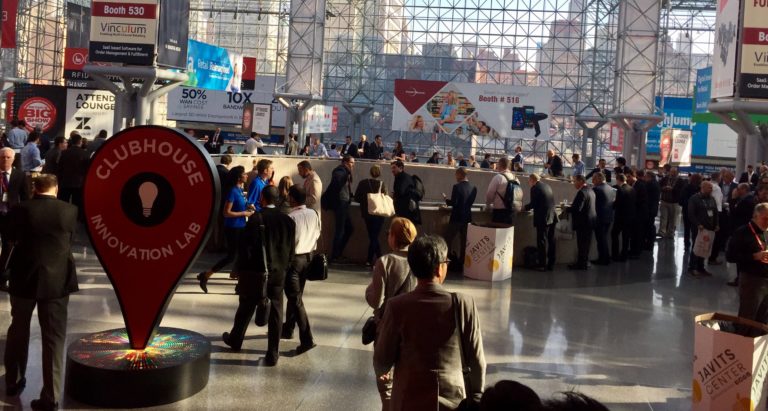Innovation in transportation picks up steam, leading to the most use of public transit since 1956.
Curated by James Mignano, Xerox contributor
Researchers agree that the wheel was invented around 3500 B.C. in Mesopotamia, and served as potter’s wheels, some 300 years before someone figured out to use them for transportation, according to Smithsonian’s “A Salute to the Wheel.” And since those days, generations have created new ways to use the tool to advance transportation initiatives. Despite how long the wheel has been around, disruption and innovation in the transportation industry is gaining momentum.

Modern transportation thinkers are concerned with making it as simple as possible for individuals to get from point A to point B quickly and efficiently. Often, it is in the integration of other technological advances that allows public transportation to adapt and improve.
Purchasing tickets for mass transit, for example, is one area in which technology can reduce customer frustration and increase ridership. As reported in The Atlantic Cities, The race is on for the transit ticket of tomorrow. In 2012, Boston commuters were the first to be able to pay for tickets using smartphone applications, but other cities including Austin, Dallas and Portland have since caught up. Elsewhere, in Europe and Asia, transit fare cards have been integrated with access cards for apartment and office buildings. Some cards even include reward programs that include discount incentives.
Before paying a transit fare, though, it’s important to settle on the best mode of transportation. Often, we don’t weigh all of our options when making that decision because we don’t have all of the information. TransitScreen helps that decision making process by collecting information on all the available modes of transportation – including bus, subway, bike-share and others – and organizing it on one real-time screen. By placing the information hubs in key locations like shops, restaurants and city offices, TransitScreen hopes to give people the information they need before they pre-maturely commit to one mode of transportation or another.
Wearable technology is making its way into the transportation scene, as well. For example, Utah has launched a “first-of-its-kind transit tracking app for Google Glass,” allowing users to view route information and receive notifications on approaching trains and buses in real-time.
Innovations and simplifications like these are fueling the growth of public transit. In fact, 10.65 billion passenger trips were taken on mass transit in America during 2013 – more than any year since 1956, according to the American Public Transportation Association.
How else can technology simplify and improve public transportation to increase ridership? What kinds of transit projects are making your communities more livable?



